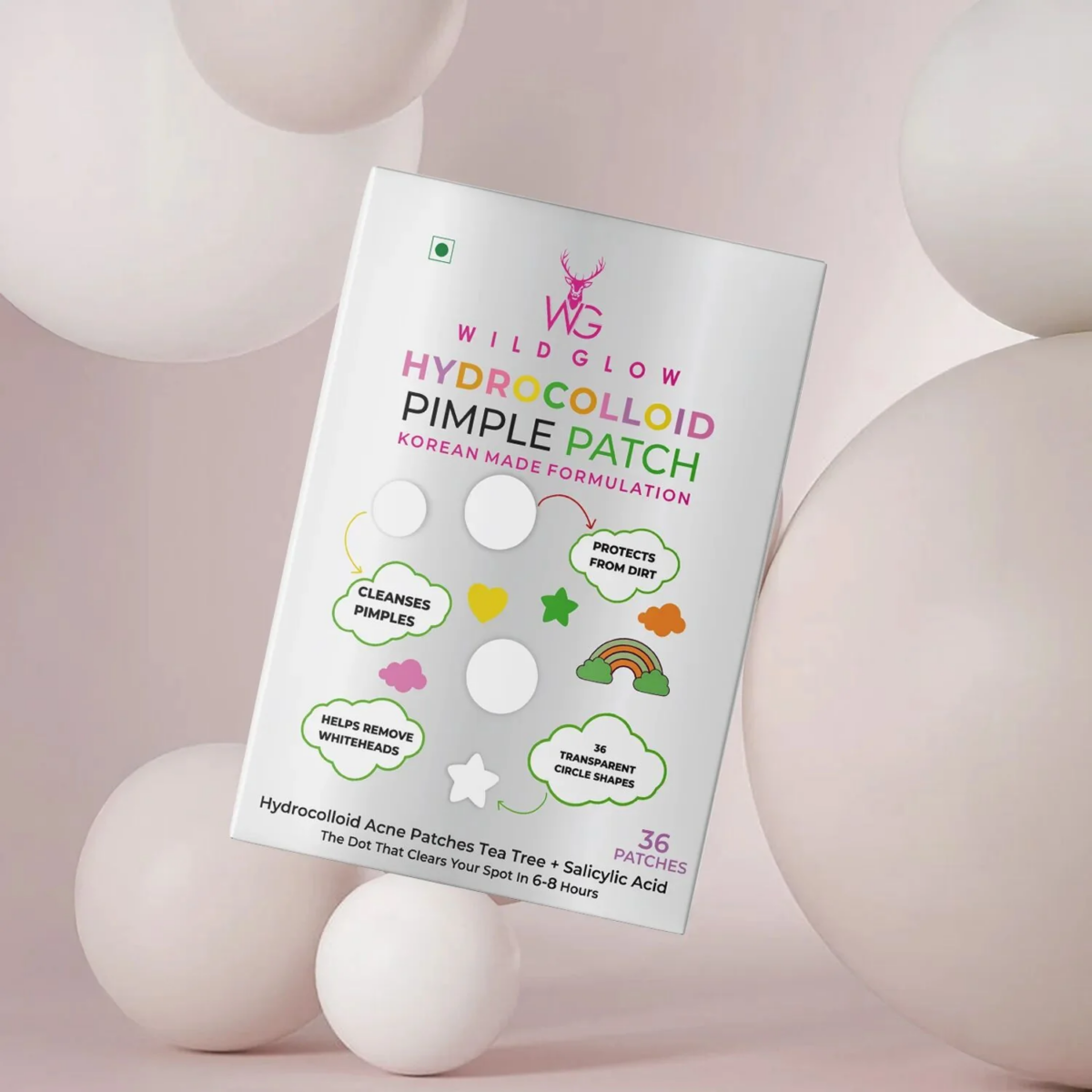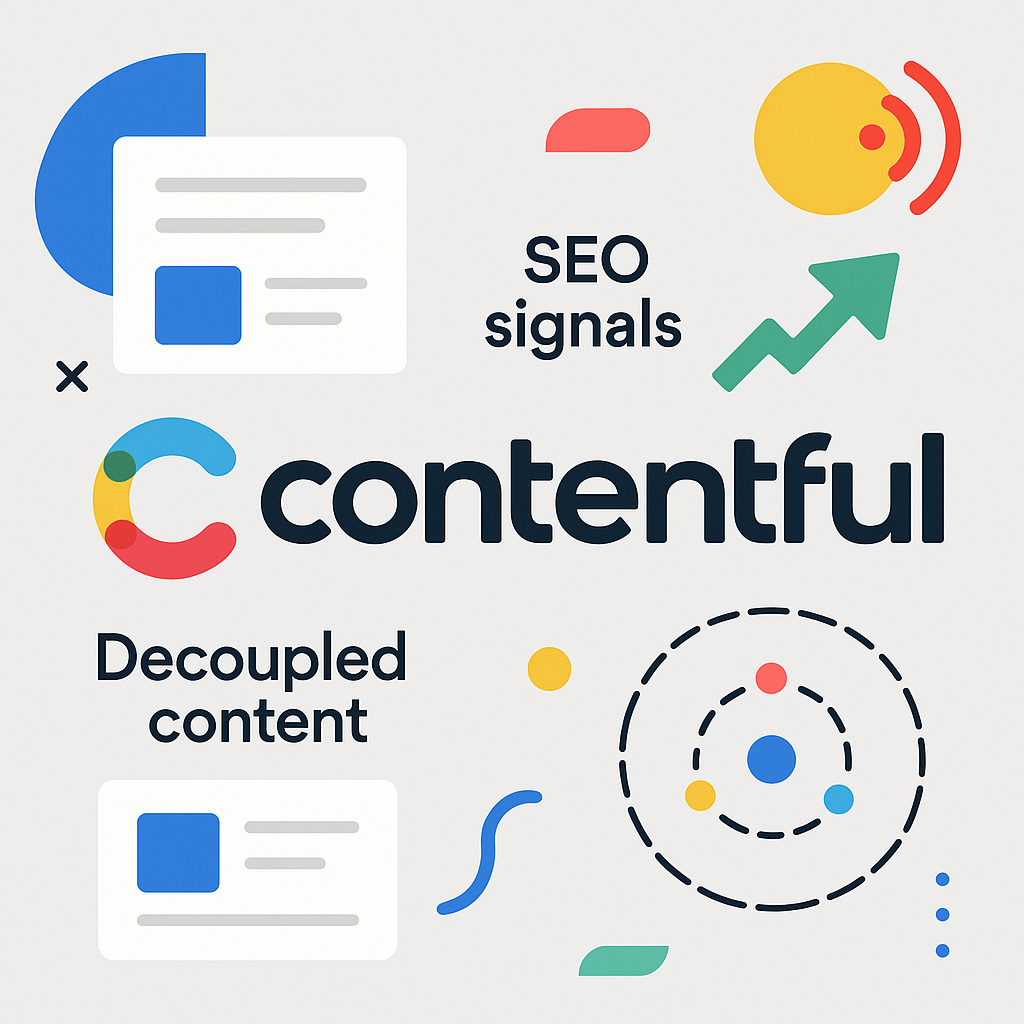The Impact of Product Engineering Services in Driving Business Growth

Launching a software product in the market is a complex, time-intensive exercise. With too many variables involved, the likelihood of the product not delivering the expected returns increases manifold. While some are unable to choose an appropriate business model, many fail to test their product as rigorously as they ought to. Not to mention the pressure of getting to the market faster than the competition that makes matters worse.
To eliminate complexity from the product development lifecycle and improve one’s chances of creating a product that appeals to a large audience, businesses require tailored product engineering solutions. Adopting a product engineering mindset helps tech leaders maximize the value they gain from a software solution.
So, what exactly is product engineering and how does it help tech companies foster growth and innovation? Let’s dive deeper and find out.
What Is Product Engineering?
Product engineering is the process of employing digital technologies, strategic thinking, and agile methodologies to build products that deliver immaculate user experiences and create a lasting impact. Product engineering encompasses all aspects of the product lifecycle, from market research and ideation to design, development, delivery, and post-launch support. The primary objective of product engineering is to create software solutions that meet the changing expectations of hard-to-please customers while ensuring a strong return on investment.
The processes involved in building a product from scratch can be broadly grouped into six phases:
1. Product Discovery and Ideation
The process begins by assessing whether a gap exists in the market that a new product can fill. Through in-depth market research, you can evaluate the product’s viability. You can use the insights gathered during research to create a roadmap for product development. By the end of this stage, you should have a clear idea of what the product will look like and which resources, tools, and infrastructure you will need to achieve the desired output.
2. Design
In the design phase, the product requirements are converted into a tangible blueprint based on the information gathered during ideation. Product engineering experts create wireframes and prototypes to get an idea of how the product will look and how its components will work together. This is an iterative process where the designs are tested and refined continuously to ensure they meet all specifications.
3. Development
This is the stage where the product’s features, functionalities, and components are developed by leveraging appropriate technology stacks. Often, businesses create a minimum viable product (MVP) first. This way, they are able to test how their product will function in a real environment without investing a lot of time and resources.
helps pinpoint issues in the software early on so that these can be fixed before developing the final product containing all the required features.
4. Testing
Once the team builds the product, they subject it to rigorous testing to ensure it functions according to the requirements. During this stage, QA experts conduct various tests, including unit testing (where they test individual components of the software), integration testing (where they test the interaction between different modules or components of the software), and performance testing (where they evaluate the system’s performance under different conditions), among others.
5. Deployment
After testing, the product is made available to the users. Many times, the product is initially released only to a limited segment of users and launched into the market only after it receives positive feedback.
6. Maintenance
Every product requires continuous maintenance to make sure it functions smoothly without any glitches. In the maintenance phase, product engineering teams address bugs to keep the software performant and stable. They also make changes to the software product or any of its individual components from time to time in order to boost performance and user engagement.
How Product Engineering Services Helps Fuel Business Growth?
Product engineering teams work through all stages of the product lifecycle to deliver high-performance software solutions that improve customer experience and contribute significantly to an organization’s bottom line. Here are the key benefits of product engineering:
- Faster Time-to-Market: Launching a product in a timely manner is vital in today’s immensely competitive business landscape. Product engineering teams adopt Agile methodologies to fast-track the development process and expedite delivery without sacrificing quality. Additionally, they make use of the latest tools and technologies such as AI, automation, and simulation to optimize different facets of product development. As a result, organizations are able to release their products in a timely manner and secure a first-mover advantage.
- Better Product Quality: Product engineering experts utilize modern technologies such as artificial intelligence and machine learning to create innovative software solutions that deliver personalized user experiences. Additionally, they employ top-tier tools for version control, bug tracking, and testing. This way, all kinds of issues are detected during the early stages of development, and the product available to the public is always of the highest quality.
- Cost Savings: The use of technologies such as AI-ML and automation by product engineers reduces the dependence on difficult-to-hire human resources. Leveraging cloud services helps cut back on infrastructure costs. Their project management tools streamline the development cycle and boost overall productivity. So, all in all, product engineering solutions yield substantial cost savings for any business.
- Exceptional User Experience: Product engineering specialists apply the ‘design thinking’ approach when building a software product. It’s, therefore, no surprise that these products are well-aligned with the needs and goals of the end user. Every interaction a user has with the product is seamless, no matter how simple or complex a task is.
Additionally, product engineers integrate AI models into software products to better understand user behavior and personalize interfaces and offerings accordingly. Together, these features play a big role in elevating user experiences and fostering customer loyalty.
Also Read: How Machine Learning Consultants help in Elevating Business Productivity
The Final Word
The above discussion makes it clear that product engineering enables the creation of user-centric solutions that meet user expectations and help businesses thrive in a fast-changing economy. Implementing its principles can, however, be overwhelming.
To ease the process, organizations should enlist the support of a trusted software product engineering company that can help with ideation, advisory, and development. Their expertise will enable businesses to identify the right opportunities and transform their ideas into commercially viable digital products.








